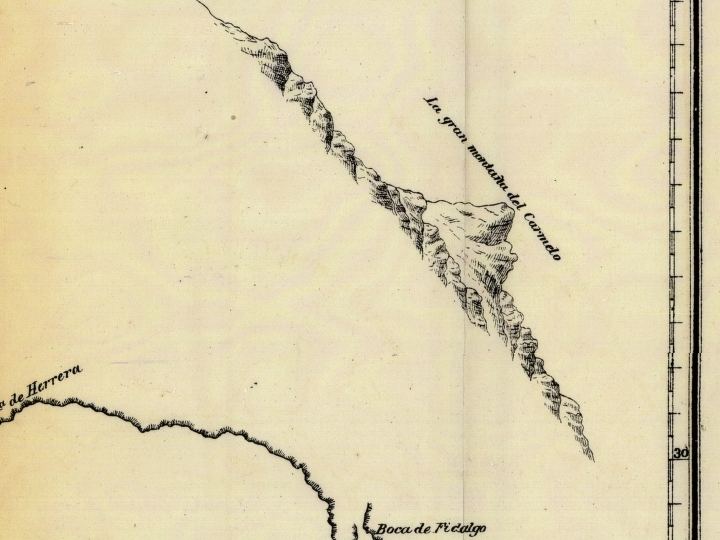Country France Region | Area 63,929 Mayor Ludovic Jolivet | |
 | ||
Map of Quimper
Quimper ([kɛ̃.pɛʁ]; Breton: Kemper, Latin: Civitas Aquilonia or Corisopitum) is a commune and capital of the Finistère department of Brittany in northwestern France.
Contents
- Map of Quimper
- Agefriendly competition quimper france
- Monde de la nuit formation de barman quimper
- Administration
- Geography
- History
- Population
- Breton language
- Education
- Winter Festival
- Sights
- Transport
- Personalities
- International relations
- References

Agefriendly competition quimper france
Monde de la nuit formation de barman quimper
Administration

Quimper is the prefecture (capital) of the Finistère department.
Geography
The name Quimper comes from the Breton kemper, meaning "confluent". The city was built on the confluence of the Steir, Odet and Jet rivers. Route National 165, D785, D765 and D783 were constructed to intersect here, 62 km (39 miles) northwest of Lorient, 181 km (112 mi) west of Rennes, and 486 km (302 mi) west-southwest of Paris.
History
Quimper is the ancient capital of Cornouaille, Brittany’s most traditional region, and has a distinctive Breton Celtic character. Its name is the Breton word kemper (cognate to Welsh cymer), meaning "confluence." The town developed at the confluence of the rivers Le Steir and L'Odet. Shops and flags celebrate the region's Celtic heritage.
Quimper was originally settled during Roman times. By AD 495, the town had become a Bishopric. It subsequently became the capital of the counts of Cornouailles. In the eleventh century, it was united with the Duchy of Brittany. During the War of the Breton Succession (1341-64), the town suffered considerable ruin. In 1364, the duchy passed to the House of Montfort.
The town has a rustic atmosphere, with footbridges spanning the rivers that flow through it. The Church of Locmaria, a Romanesque structure, dates from the eleventh century. The Cathedral of Saint-Corentin, with its Gothic-style façade, was constructed between the thirteenth and sixteenth centuries. It is the oldest Gothic structure in lower Brittany. Its two towers are 76 m (250 feet); its spires were added in the nineteenth century. The fifteenth-century stained glass windows are exceptional. The cathedral is dedicated to Quimper's first bishop, Corentin.
To the cathedral's west are the pedestrianized streets of Vieux Quimper (Old Quimper), which have a wide array of crêperies, half-timbered houses, and shops. Near the Episcopal palace, which now holds the Musée départemental Breton (devoted to regional history, archaeology, ethnology and economy) are the ruins of the town's fifteenth-century walls. Nearby is the Musée des beaux-arts de Quimper. The museum has a nineteenth-century façade and an entirely rebuilt interior. It houses a collection of fourteenth to twenty-first century paintings that includes works by François Boucher, Jean-Baptiste-Camille Corot, Jean-Baptiste Oudry and Peter Paul Rubens, along with canvases by such Pont-Aven School painters as Émile Bernard, Maurice Denis, Georges Lacombe, Maxime Maufra and Paul Sérusier.
The town's best known product is Quimper faience. It has been made here since 1690, using bold provincial designs of Jean-Baptiste Bousquet. The town’s eating establishments boast some of the best crêpes and cider in Brittany. The town has also been known for copper and bronze work, food items, galvanized ironware, hosiery, leather, paper and woolen goods.
Population
Its inhabitants are called Quimpérois.
Breton language
The municipality launched a linguistic plan through Ya d'ar brezhoneg on 6 February 2008, to revive the teaching and use of Breton, the historic Celtic language of the region. In 2008, 4.61% of primary-school children attended bilingual schools.
Education
Quimper has several schools. These include two Diwan preschools, two Diwan primary schools and one Diwan collège (all specialize in use of Breton). In total, 287 students attended here a Diwan school in 2003–2004.
Winter Festival
Most French festivals are held in the summer season, but Quimper has a Winter Festival: Les Hivernautes. In the summer, you can also find concerts on street corners, with pipers and accordion players.
Sights
Transport
Public transport in Quimper is provided by QUB. The network consists of 7 urban bus routes, and 16 suburban bus routes. During the summer months of July and August, an additional "beach" bus route is open to service.
The Gare de Quimper is the terminus of a TGV high-speed train line from Paris, which passes through Le Mans, Rennes and Vannes. Journey duration is approximately 04h25. In addition, the following destinations are served by the TER Bretagne (the regional train network) :
Quimper – Cornouaille Airport has flights to Paris and London City.
Personalities
Quimper was the birthplace of:
International relations
Quimper is twinned with:
